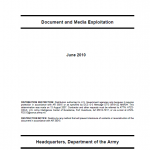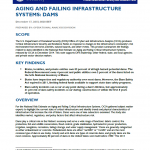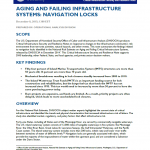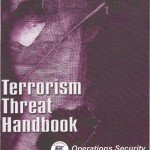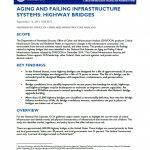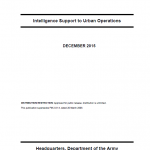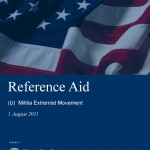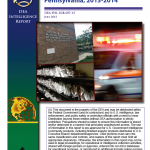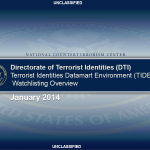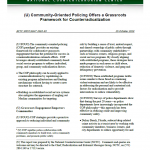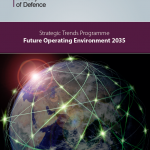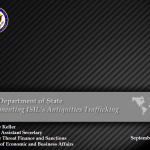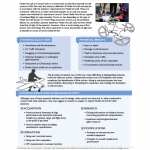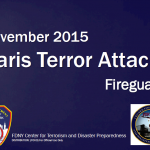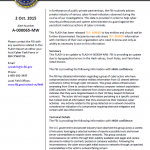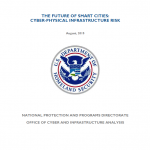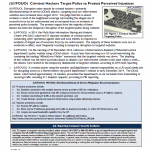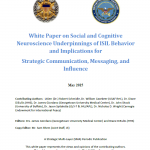
This White Paper makes a significant contribution to the study of terrorist behavior in general and ISIL behavior in particular. Unique in this work is the melding of neuroscientific considerations about the basic structures and functions of the brain with social and cultural influences in order to provide a holistic insight into the motivations for terrorist behaviors. Importantly, this paper also explores the relationship between the narratives that support terrorist behavior and the neuro-cognitive processes that contribute to those behaviors. That relationship is accurately portrayed as symbiotic in the sense that one can only truly understand seemingly aberrant behavior if one understands the continuous ebb and flow of chemical and cultural influences that are manifested in an individual’s actions.

